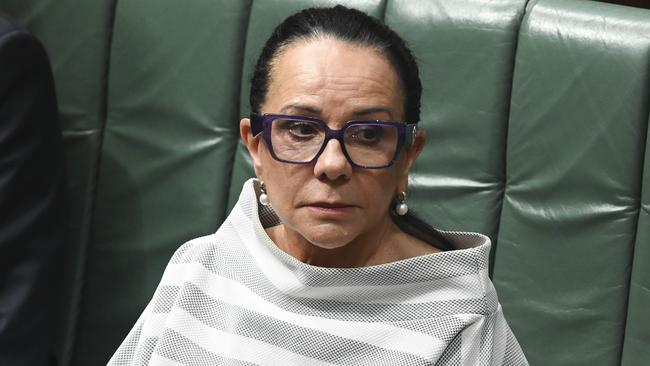Indigenous treaty debate: getting to bottom of what this all means
What are the ramifications of an Indigenous treaty?

Treaties are agreements between two parties. There can be treaties between First Nations people and the commonwealth government, and between First Nations people and a state and territory. In each state and territory where work towards a treaty is under way, the deal will be an ordinary act of parliament.
Treaties are agreements between two parties. There can be treaties between First Nations people and the commonwealth government, and between First Nations people and a state and territory. In each state and territory where work towards a treaty is under way, the deal will be an ordinary act of parliament.
Victoria, Queensland, South Australia, Tasmania, the Northern Territory and the ACT have committed to explore treaties with Indigenous peoples. Victoria is the most advanced – its First Peoples Assembly was established by the state government and its members elected by Indigenous people specifically to begin the negotiation process.
While there are no agreements between Australian governments and Indigenous people with the word treaty in the title, there have been treaty-like deals.
For example, constitutional experts George Williams and Harry Hobbs from the faculty of law at the University of NSW regard the 2021 South West Native Title Settlement as the Australia’s first treaty because of its scale and scope.
In that deal, negotiated by the West Australian Barnett Liberal government with bipartisan support from state Labor, the approximately 30,000 Noongar people of the lower third of WA gave up their native title fight in exchange for a $1.3bn package comprising crown land, a $600m trust, a housing program and partnerships including joint management of national parks.
The WA government used this deal as a model to make a similar agreement with the Yamatji people of the midwest and is now in talks with the Martu people of the central western desert for a treaty-like agreement.
If Yes gets up?
It’s possible if the voice referendum succeeds that there will be a treaty between the commonwealth and the Indigenous people of Australia. Treaty is the second step in the Uluru Statement from the Heart, the landmark 2017 document about 1200 Indigenous people helped to create.
The statement is often summarised in three words: voice, treaty, truth, in that order. Therefore, it seems reasonable to say that Anthony Albanese promised a treaty between the commonwealth and Indigenous people in his election night victory speech in 2022 when he said: “on behalf of the Australian Labor Party, I commit to the Uluru Statement from the Heart in full”.
However, the Uluru Statement does not refer to a treaty between the commonwealth and Indigenous people.
It says: “We seek a Makarrata commission to supervise a process of agreement-making between governments and First Nations and truth telling about our history.”
This could mean at a state, territory or federal level. What we do know is the government has committed $5.8m towards the establishment of a Makarrata commission that would oversee treaties across the federation.
What is a Makarrata commission?
We do not know what a Makarrata commission would look like. If Mr Albanese sticks to the sequence in the Uluru Statement, as he has committed to do, this would be worked out after a voice is established.
There are expectations the voice would advise on this. For an indication of the possible structure of a Makarrata commission, some have looked to the existing Yoorrook Commission in Victoria. Established as part of that state’s treaty process, it has independent commissioners whose role includes making recommendations about “matters to be included in future treaties”.
What is truth telling?
The Greens went to the last election calling for “a truth-telling and justice commission”, but Uluru architect Megan Davis has previously said that few of the Indigenous people who took part in the discussions that led to the Uluru Statement wanted a framework or institution to regulate truth telling. One criticism of truth hearings in other countries is that they are run by government and for a limited time. Instead, Professor Davis and other voice proponents believe truth telling can take various forms, such as the work by West Australian elders at the Centre for Truth-telling to repatriate, safeguard and celebrate the paintings of the Carrolup Noongar children, who were part of the Stolen Generations. Another example is Towards Truth, an online and interactive archive of every law and policy that has targeted or had a disproportionate impact – deliberate and accidental – on Indigenous people since 1788. It includes original government documents with scholarly materials and commentary to map the truth through legislation and policy. In 2021, Professor Davis wrote in The Monthly that the Makarrata commission’s role in truth telling would be to “step lightly into this space and be guided by First Nations”.




To join the conversation, please log in. Don't have an account? Register
Join the conversation, you are commenting as Logout